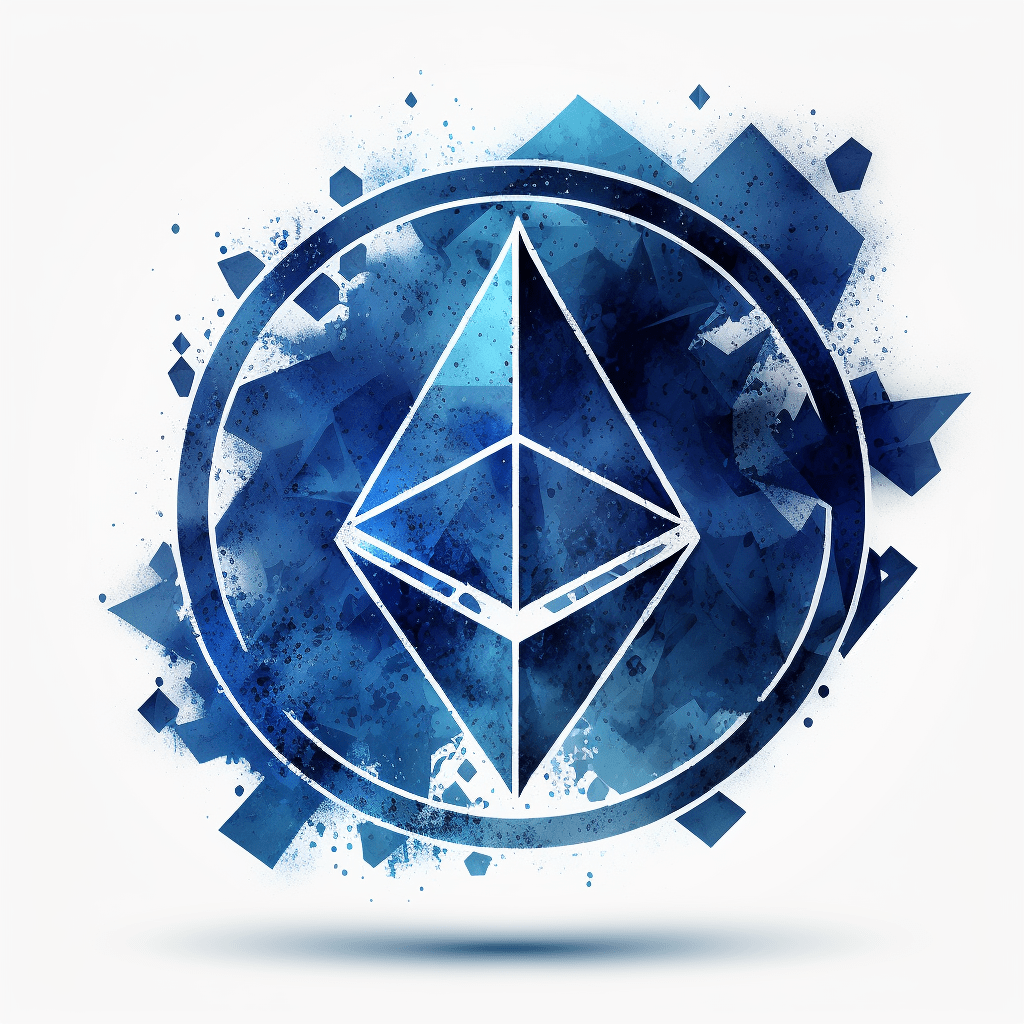
The world of gaming has always been at the forefront of technological advancements, and the integration of blockchain technology is no exception. The rise of non-fungible tokens (NFTs) has opened new doors for game developers, with ERC721a as one of the most promising standards for in-game assets. But is the marriage between ERC721a and gaming truly a match made in heaven? Let’s dive into the benefits and challenges of incorporating ERC721a NFTs into gaming to find out.
The Benefits of ERC721a in Gaming
Unique and Tradable In-Game Assets
One of the most significant advantages of ERC721a in gaming is the ability to create unique, indivisible tokens representing in-game assets such as characters, weapons, or collectibles. By tokenizing these assets, players can truly own their digital belongings, trade them with other players, or even sell them on NFT marketplaces. This sense of ownership and the ability to monetize in-game assets create a more engaging and immersive gaming experience.
Interoperability and Cross-Game Compatibility
With ERC721a NFTs, game developers can create in-game assets that are not only unique within their game but also compatible with other games on the same blockchain. This interoperability enables players to use their assets across multiple gaming platforms, opening up new opportunities for collaboration between developers and creating a more interconnected gaming ecosystem.
Provable Scarcity and Transparency
One of the key features of NFTs is their provable scarcity. In the context of gaming, this means developers can create rare, limited-edition in-game assets that hold real value for players. With ERC721a, the ownership, transfer history, and scarcity of these assets are transparent and easily verifiable on the blockchain, ensuring that players can trust the system and invest their time and money with confidence.
The Challenges of ERC721a in Gaming

High Gas Fees and Network Congestion
The Ethereum network, where ERC721a tokens are built, is known for its high gas fees and occasional network congestion. This can lead to increased costs for both developers and players when minting, transferring, or trading ERC721a NFTs. While Ethereum’s transition to Ethereum 2.0 and the adoption of layer 2 solutions may help alleviate these issues, they remain a significant challenge for widespread adoption of ERC721a in gaming.
Legal and Intellectual Property Concerns
The use of NFTs in gaming raises several legal and intellectual property concerns. Issues may arise when players create, trade, or sell in-game assets based on copyrighted material. Developers must carefully navigate these concerns and ensure they have the necessary rights and permissions to use any copyrighted material in their games.
User Experience and Technical Complexity
The integration of ERC721a NFTs into gaming platforms can present technical challenges that may impact the user experience. The need to manage private keys, cryptocurrency wallets, and on-chain transactions can be daunting for players unfamiliar with blockchain technology. It is crucial for game developers to prioritize creating user-friendly interfaces and providing clear instructions to ensure a smooth experience for all players.
Potential for Speculation and Market Manipulation
The nature of NFTs and their provable scarcity can lead to speculation and market manipulation, as players may buy up rare assets in the hope of reselling them at a profit. This speculative behavior can drive up the prices of in-game assets, making them inaccessible for the average player and negatively impacting the gaming experience. Developers need to be aware of this potential issue and implement measures to mitigate the risk.
In conclusion, the integration of ERC721a NFTs into gaming offers significant benefits, such as unique and tradable in-game assets, interoperability, and provable scarcity. However, developers must also be prepared to address the challenges associated with high gas fees, legal concerns, technical complexity, and the potential for speculation. By carefully balancing these factors, the marriage between ERC721a and gaming can indeed be a match made in heaven, paving the way for a more engaging, interconnected, and immersive gaming experience.
Final Thoughts: The Future of ERC721a and Gaming

As the gaming industry continues to evolve, it’s clear that the integration of blockchain technology and NFTs will play an increasingly important role in shaping its future. ERC721a, with its unique benefits and capabilities, has the potential to become a driving force behind this transformation. As developers continue to innovate and explore new ways to leverage this technology, the possibilities for ERC721a and gaming are virtually limitless.
